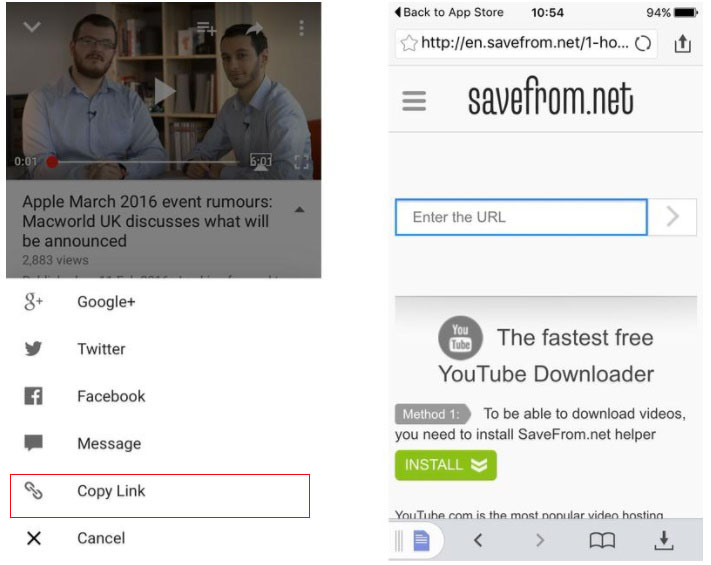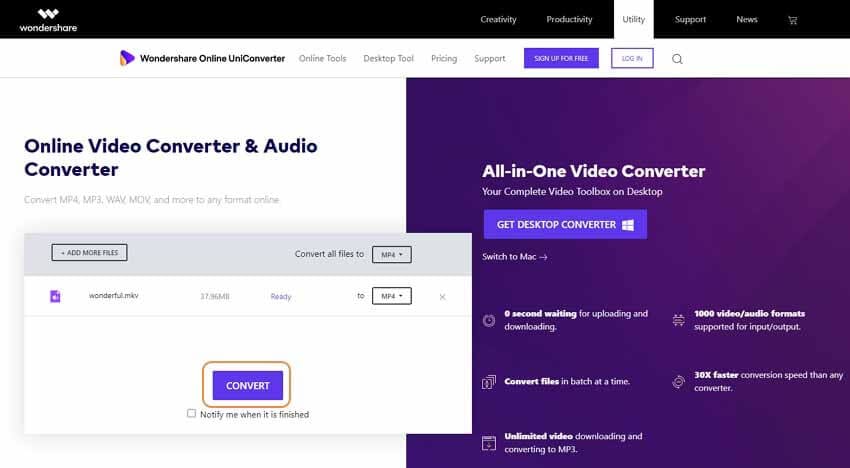

The first step in the conversion is to login to your YouTube account, go to the listing of your videos, and click the “captions” button in the lower portion of the video details. (Click the image to view a larger version.) The YouTube “Captions and Subtitles” menu. Download The SBV Subtitle File from YouTube Fortunately, we’ve happened upon a relatively simple process by which SBV files can be converted to the commonly-used (and compatible with YouTube) SubRip (SRT) format, which we’ll outline here. The subtitle file generated by YouTube’s auto-sync process has an SBV extention, which essentially introduces a new subtitle format, and limits auto-sync-generated subtitles’ usefulness outside of YouTube applications. Of course, auto-sync is at its most efficient when a human being accurately transcribes all spoken dialog/narration in a video’s soundtrack, but the savings in time is still quite substantial. While this tutorial isn’t focused on how to use auto sync (watch a segment from Google’s launch of the YouTube auto-accessibility features for a tutorial of sorts), it is worth pointing out the primary benefit of auto-sync: it reduces (and in some cases-shorter videos with fewer unique speakers, for instance-eliminates) the need for the traditional painstaking synchronization process that consumes the most time of any portion of the captioning process.

However, it is the auto-sync feature that figures to be-at least in the short term-a real game-changer for serious CIYers. Most of the buzz surrounded the auto-caption feature based upon the speech-to-text engine that powers Google Voice, auto-caption allows individual viewers to access a machine-generated transcription of a video’s speech content, which is then automatically synchronized with the video’s sound track and displayed as individual captions.

One of the most intriguing CIY-related developments in captioning has been Google’s automatic accessibility features for YouTube channels.


 0 kommentar(er)
0 kommentar(er)
